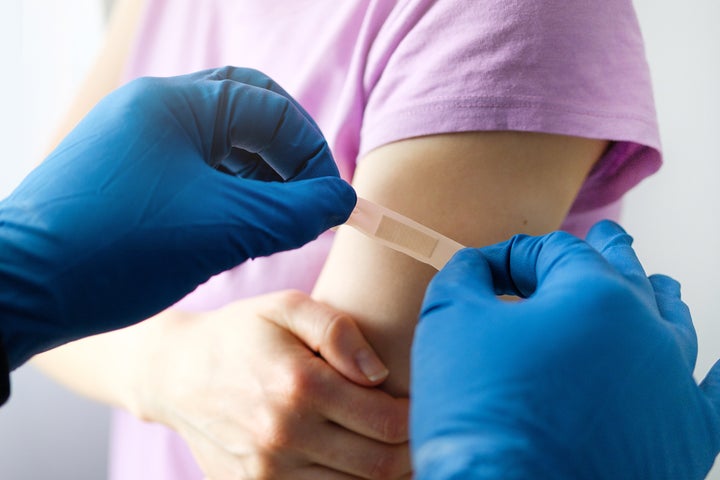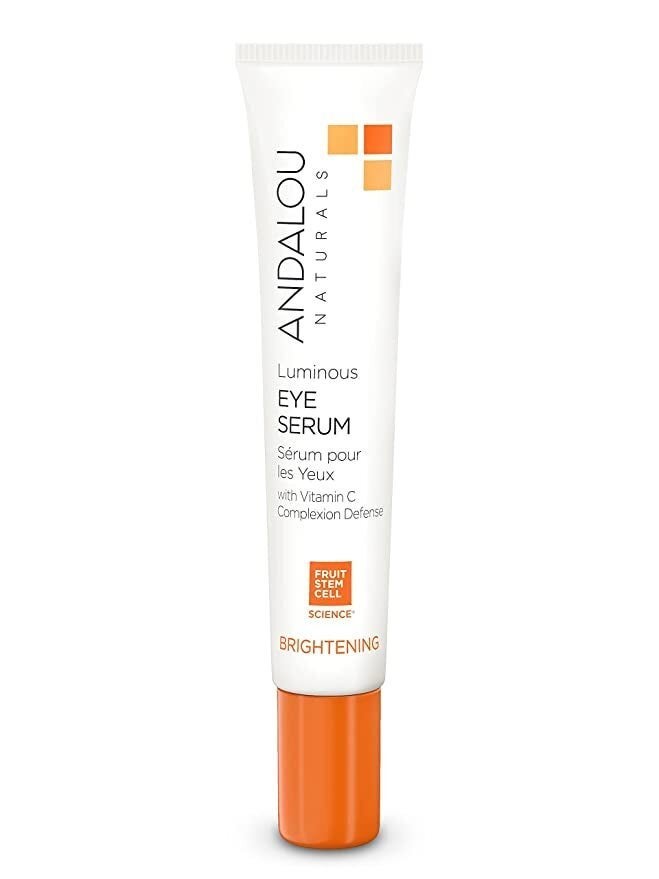
It’s likely you’ve never heard of acrochordons, but you’ve probably dealt with them. In fact, they’re so common that over 50% of adults will experience them at least once in their lifetime. Better known as skin tags, acrochordons are small growths of extra skin that, while harmless, are no one’s favorite feature.
Health care costs are higher than ever and skin tag removal typically isn’t covered by insurance, since it’s an unnecessary procedure. These days, there are a wide array of skin tag removal products you can purchase to cut these costs considerably ― but, ew? Is that such a great idea? Just how safe are these treatments, and is skin tag removal better left to the professionals?
Doctors’ Thoughts On At-Home Skin Tag Removal May Surprise You
“Do you need to go to your doctor every time you have a skin tag you want removed? Not always,” said Dr. Jaimie DeRosa, a board-certified facial plastic surgeon and founder of DeRosa Center Plastic Surgery & Med Spa in Boston. “When I was little, I remember my dad (who was a doctor) pulling his skin tags and snipping them off.”
Thankfully, there are less extreme at-home treatment options today. While none of the medical professionals loved the idea of at-home skin tag removal, they did have some safer at-home ideas to try. However, there was one caveat.
“If the lesion is large or is causing pain, bleeding or discomfort, it should be removed by a health care provider. When in doubt, please see your physician,” said Dr. Alexander Zuriarrain, a board-certified plastic surgeon with Zuri Plastic Surgery in Miami.

If these characteristics do not apply to your skin tags, then you can consider trying these DIY recommendations below.
The Household Remedies That People Often Try
First, let’s address some of the household remedies that your friends may have suggested to you. While the ones listed here are safe to try, keep in mind there are no studies that prove they actually work.
“A natural remedy that a patient introduced to me is using banana peel on skin tags. It is unknown what chemicals are in the banana peel that helps with skin tags,” said Dr. Elaine F. Kung, a board-certified dermatologist based out of New York City and founder of Future Bright Dermatology. “It has been postulated that there are antioxidants and enzymes that may be helpful.”
Nandi Wagner, the lead esthetician at Gilded Ritual, a high-end salon in New York City, is familiar with this method, too. “Some homeopathic remedies for skin tags include applying small amounts of diluted tea tree oil, apple cider vinegar or even banana peels to the skin tag,” Wagner said.
DeRosa had similar advice and also suggested crushed garlic may work. She explained how to try this remedy at home: “For any of these topical treatments, wash the skin tag and surrounding area, then apply the topical of your choice to the tag, and cover with a bandage overnight. Repeat this treatment until the skin tag dries out and falls off, and stop its use if the area becomes irritated.”
But if you want a solution that’s more proven, keep reading.
Lotions With Acid
“For tiny, just barely noticeable skin tags, you can try using a lotion with keratolytic ingredients over several months. In other words, lotions with AHA, BHA (salicylic acid), or lactic acid may help chemically ‘exfoliate’ the tiny little tags,” Kung suggested.
Check your medicine cabinet, as it’s possible you have products with these ingredients at home. An example of such a product is SkinMedica’s AHA/BHA cream, which also has added vitamins and antioxidants to keep your skin continuously hydrated.
At-Home Ligation
A somewhat scarier option is to cut off the skin tag’s blood source by tying up the base of your skin tag, a process known as ligation. This will take a few days, but it’s a common method for at-home removal. While this procedure may be somewhat uncomfortable, it should not be painful. If it is, that’s a good sign to visit your doctor for removal instead.
“Ligation is another method to remove unwanted skin tags. Ligation works by cutting off the blood flow to the skin tag, causing it to fall off,” Wagner said. ”There are several [over-the-counter] ligation pens that deploy a small silicone band around the base of the skin tag, cutting off its circulation. After about 5 days, the skin tag generally will dry up and fall off.”
There are numerous ligation tools available online. One of the highest-rated ligation kits on Amazon is the Everlom Micro Skin Tag Removal Kit, with over 2,500 reviews and a rating of 4.5 stars.
Freeze Them Off
The “most effective and safest way” to remove skin tags, in DeRosa’s opinion, is with cryotherapy. “Cryotherapy is the use of a super-cold gas (nitrogen is the most commonly used) to essentially shrink and kill the blood supply to the skin tag. At-home cryotherapy kits vary, so just look for those that can get you the coldest settings (at least -4 degrees Fahrenheit to -58 F),” DeRosa explained.
DeRosa suggested Compound W Nitrofreeze, even though its original intention is to be used for wart removal. She said it gets cold enough for skin tag removal. And she means cold ― the freezing temps this pen produces can lead to some initial stinging and burning during treatment.
